Haiphong hub unleashes north’s growing potential
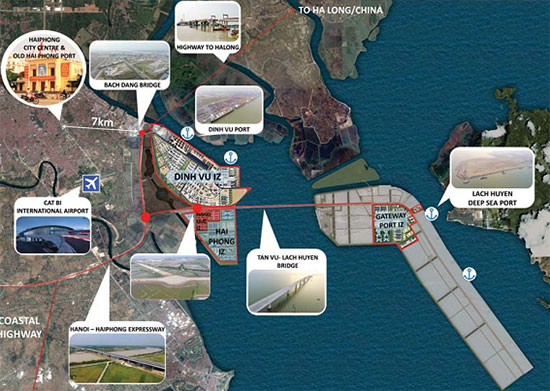 |
| Be it by land, air, or water, Haiphong is becoming a web of global connectivity |
Many industrial developers have decided to set up new factories in the nearby industrial zones, where prime industrial land is available adjacent to the new developments. These locations benefit from highly improved maritime access and other trump-cards of the region such as the economic zone tax package, the abundance of competitively-priced labour, and reliable power. Among the nearly 500 projects committed to these industrial zones are those of major international firms like Bridgestone, LG, Knauf, and Flat Glass Group.
The Haiphong International Gateway port
Several years ago, authorities realised that in order to attract more foreign direct investment (FDI), the infrastructure in the Red River had to be developed further. The master plan consisted of a five-modal hub - comprised of road, rail, air, river, and deep-sea prongs - aimed at bringing the region to a new level. An airport system with close connection - between Noi Bai (Hanoi) and Cat Bi (Haiphong) - was established and has brought the region closer. A new highway between Haiphong and Hanoi was put in operation in 2015, while highway connections between Haiphong, Halong, China, and Haiphong-coastal provinces are under construction. Last but not least, a new deep-sea port is currently nearing completion and will become operational no later than the second quarter of 2018.
The main difference compared to the developments in the southern region is the availability of prime industrial land in the middle of the spiderweb of new infrastructure developments, truly unlocking the potential of the north.
Called the “Gateway to North Vietnam”, the new deep-sea port will have, upon full completion in 2030, more than 14 kilometres of quays and handle more than 95 million tonnes of cargo. The country’s economic growth is expected to increase the demand for container shipping in the northern area of Vietnam from 42 million tonnes in 2015 to 59 million tonnes in 2020.
With the new port, Post-Panamax vessels can make calls to northern Vietnam. This will help avoid the need for transhipment via other ports in the region and allow for direct shipment to the Americas and Europe, shortening lead times and increasing competitiveness.
The existing port of Haiphong has a draught between six and seven metres, and ships are limited to 20,000 deadweight tonnes (DWT). The new port will have a draught of 14 metres, allowing vessels up to 100,000DWT to berth, which will be a major game-changer for the entire region. This sea-change is expected to boost development and investment in the surrounding industrial zones and bring opportunities to the service industries and the supply chain. The first two container terminals are expected to become operational by the first quarter of 2018, and will be followed by one or more general cargo and bulk terminals.
Since construction started on the port and the highway, as well as other important infrastructure projects in Haiphong, FDI into northern Vietnam has increased remarkably. Not only has the north attracted more FDI than the south over the last five years ($59.19 billion against $50.8 billion), 2016 was a record year for Haiphong in FDI attraction as the city attracted almost $3 billion, ranking first among all cities and provinces in Vietnam. In the first quarter of 2017, the coastal city attracted more than $208.5 million in FDI, up 16 per cent against the same period last year.
The economic zone tax package, the advantageous location, and proximity to China are only some of the reasons why companies are deciding to invest in the northern region.
Beluxcham, together with various authorities, Deep C Industrial Zones, and KPMG will be hosting an event that goes deeper into the appeal of the north – called “North Vietnam: How can you benefit from this mega infrastructure cluster” – on April 26 in Ho Chi Minh City.
What the stars mean:
★ Poor ★ ★ Promising ★★★ Good ★★★★ Very good ★★★★★ Exceptional
Latest News
More News
- Europe’s largest supermarket retailer shifts supply chain to Vietnam (July 04, 2025 | 17:48)
- Newly merged Phu Tho sets sights on regional leadership (July 04, 2025 | 17:45)
- SK Group considers $2.1B LNG power investment in Nghe An (July 04, 2025 | 16:02)
- Acecook Vietnam unveils new development strategy (July 04, 2025 | 14:29)
- Vietnam’s electronics sector rising fast, but structural hurdles remain (July 03, 2025 | 15:30)
- PPPs in science and technology pave way for private investment (July 03, 2025 | 14:36)
- Tetra Pak expands in Vietnam with new line in Binh Duong (July 03, 2025 | 14:00)
- Manufacturing business confidence rebounds from 44-month low (July 02, 2025 | 13:11)
- Tetra Pak-Doveco launches Vietnam’s first Tetra Recart® packaging line (July 02, 2025 | 12:57)
- Policy progress vital for FDI inflow gains (July 02, 2025 | 10:24)


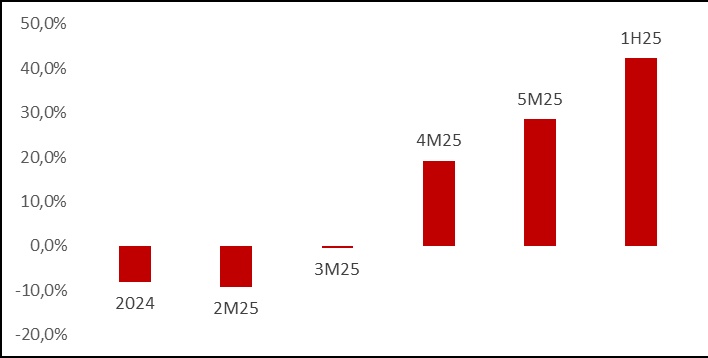
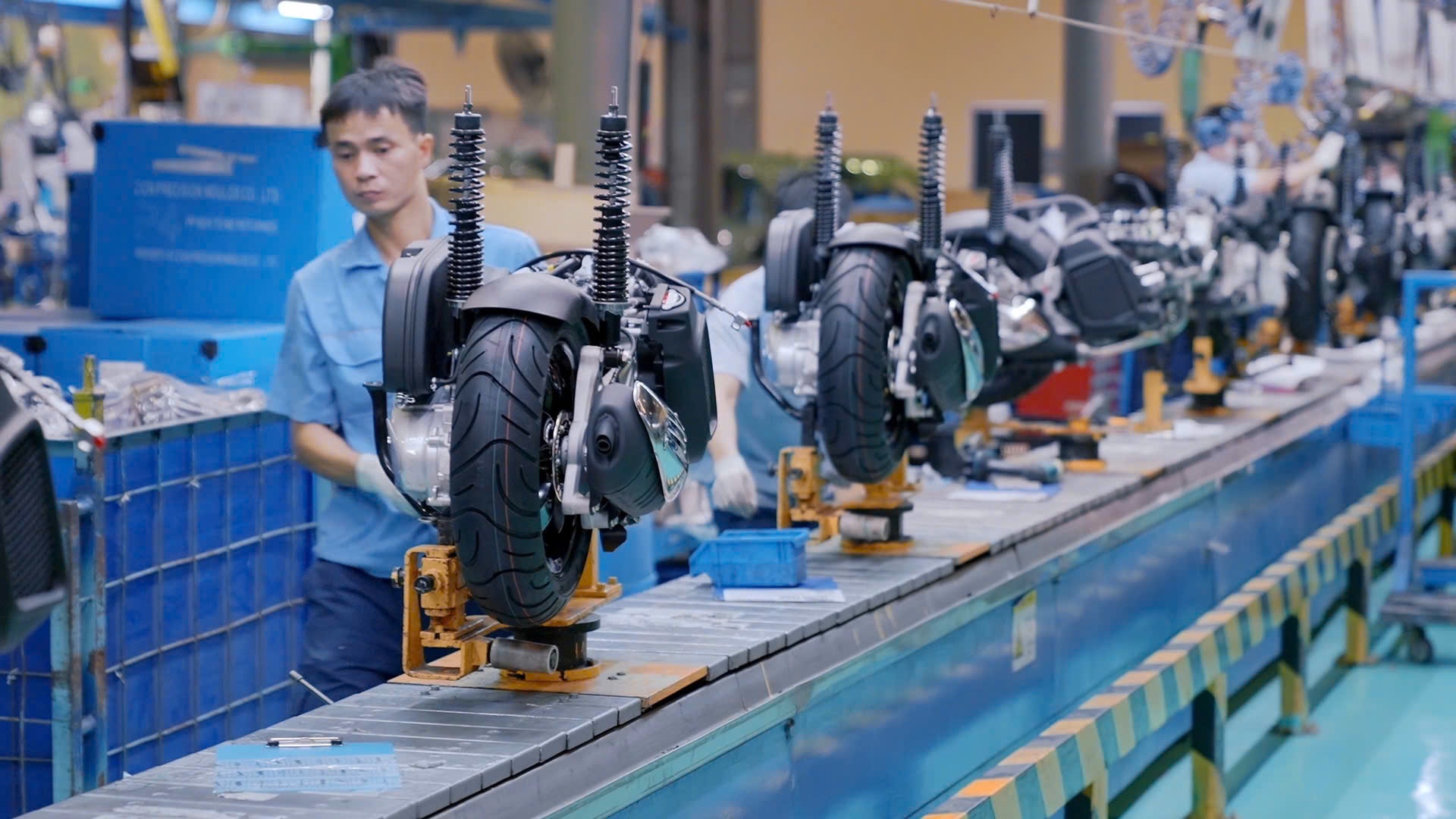
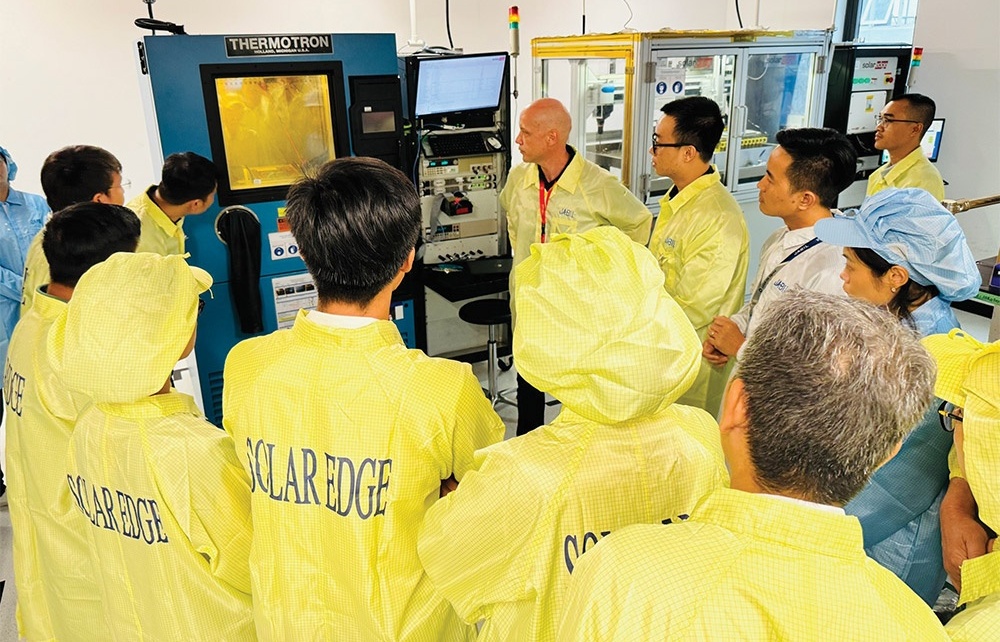




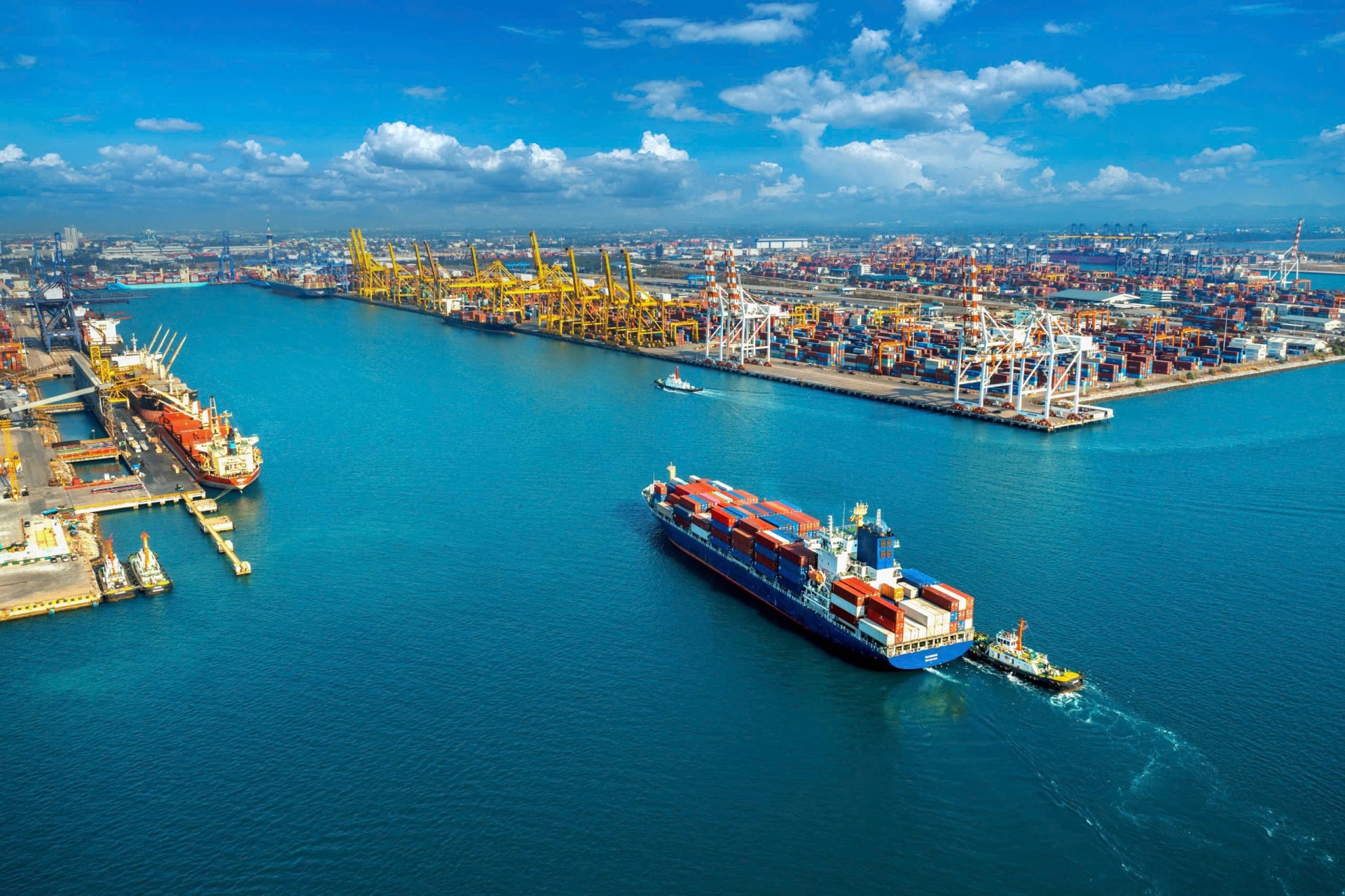
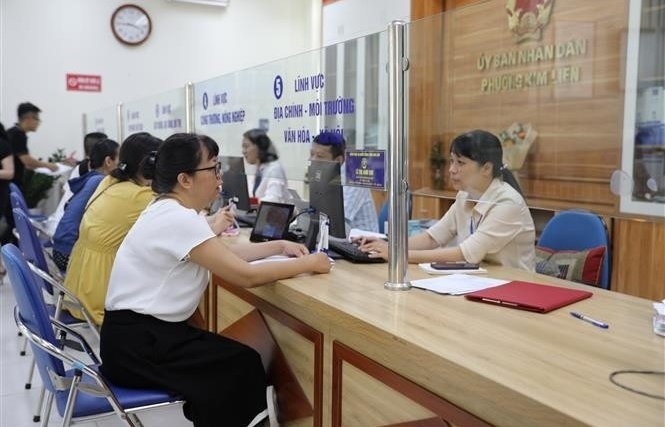



 Mobile Version
Mobile Version